Can you plant wildflowers and perennials together? This Chelsea Flower Show grower says yes – and it's easier to maintain than you might think
Kent Wildflower Seeds won Gold for showing how to blend the natural landscape with curated planting
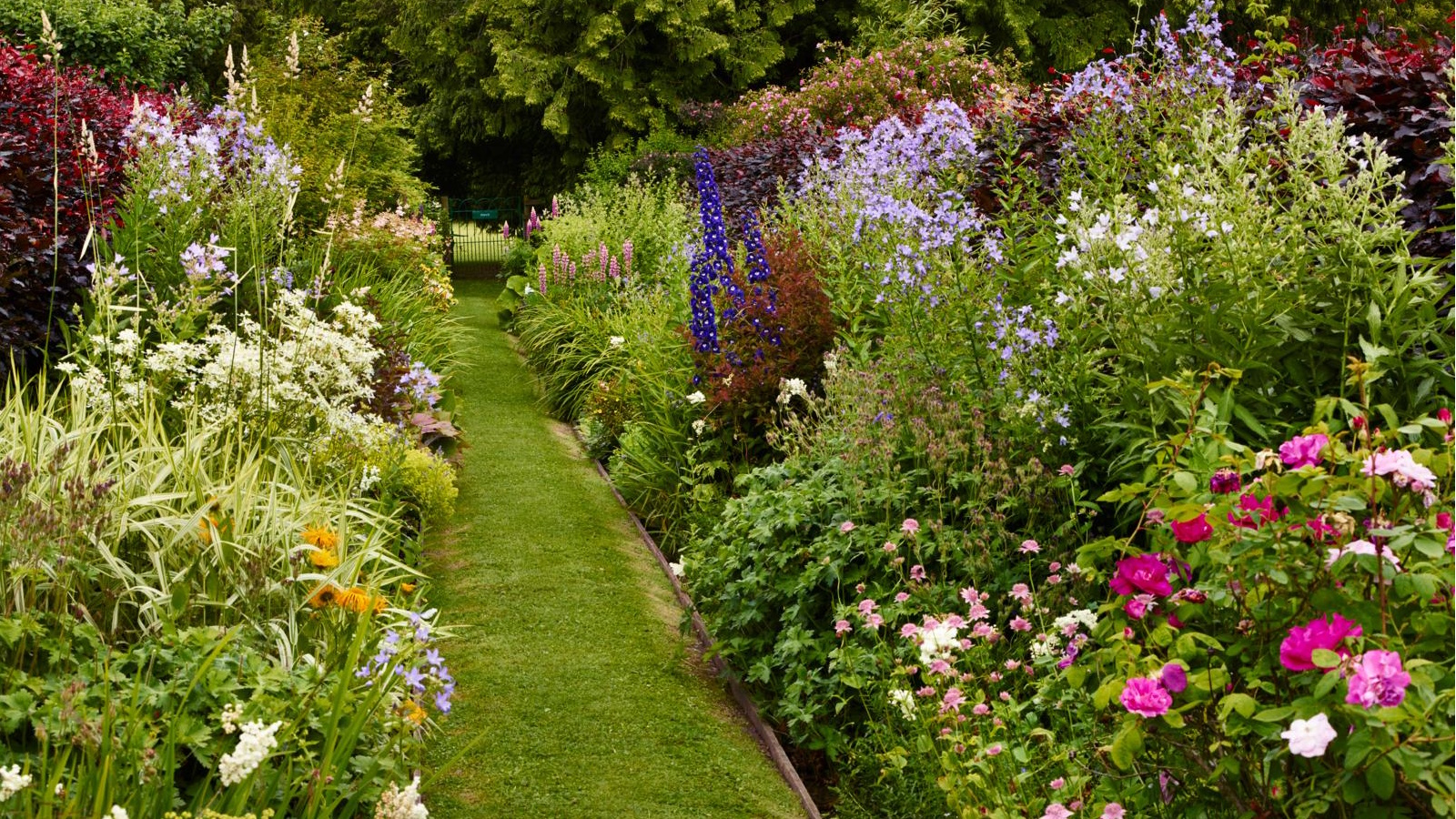

Last week at the RHS Chelsea Flower Show 2025, I was once again wowed by the hundreds of fabulous plants and garden ideas on display. One nursery that gave me some food for thought was Kent Wildflower Seeds, whose display celebrated the beauty of mixing wildflowers with cultivated perennials.
This isn't a common way to create a wildflower garden, but I have to say Kent Wildflower Seeds' Gold Medal-winning floral display at Chelsea was breathtaking – true cottage garden galore. It integrated wildflower favorites like poppies and meadow buttercups with perennial staples like briar roses and honeysuckle, and the result was an abundant display that brought the countryside landscape into the garden.
It's a beautiful idea that sparks some rethinking about wildflowers, much the same as gardeners have been increasingly rethinking weeds. Here, Charlotte Denne of family-owned nursery Kent Wildflower Seeds explains why the segregation of wildflowers and cultivated perennials should be stopped and how 'if you treat wildflowers in the way you treat the perennials in your garden, then they will respond in kind.'
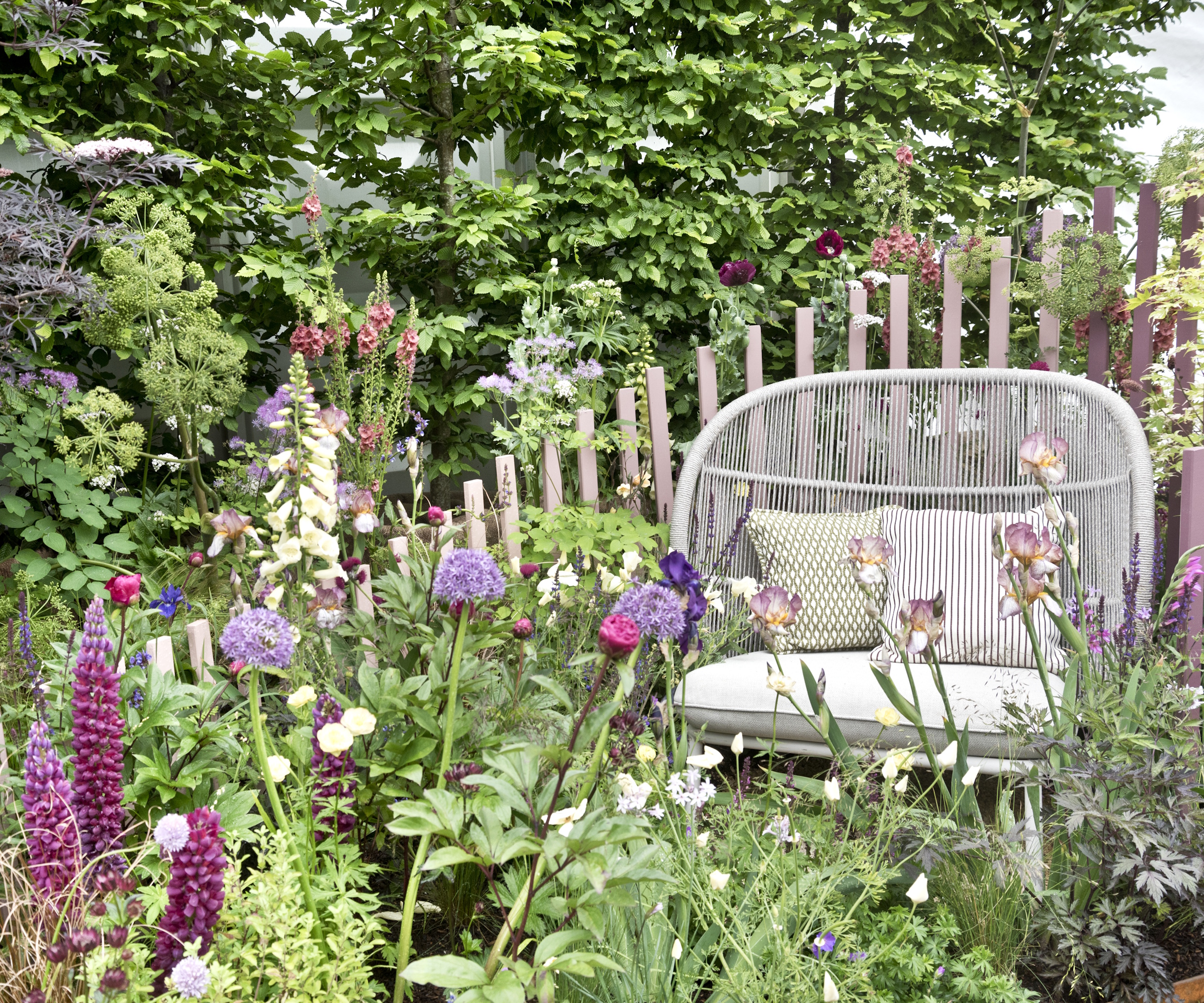
Can I plant wildflowers with perennials?
There are a few reasons why many gardeners avoid planting wildflowers in borders and flower beds alongside their reliable perennials. The most obvious being, wildflowers are technically 'weeds' that can self-seed and take over a space if not managed, competing with perennials over nutrients and other resources.
However, Kent Wildflower Seeds' Charlotte Denne says it's just a case of approaching these plants differently in order to plant wildflowers and perennials together harmoniously.
Tend to wildflowers as you would perennials
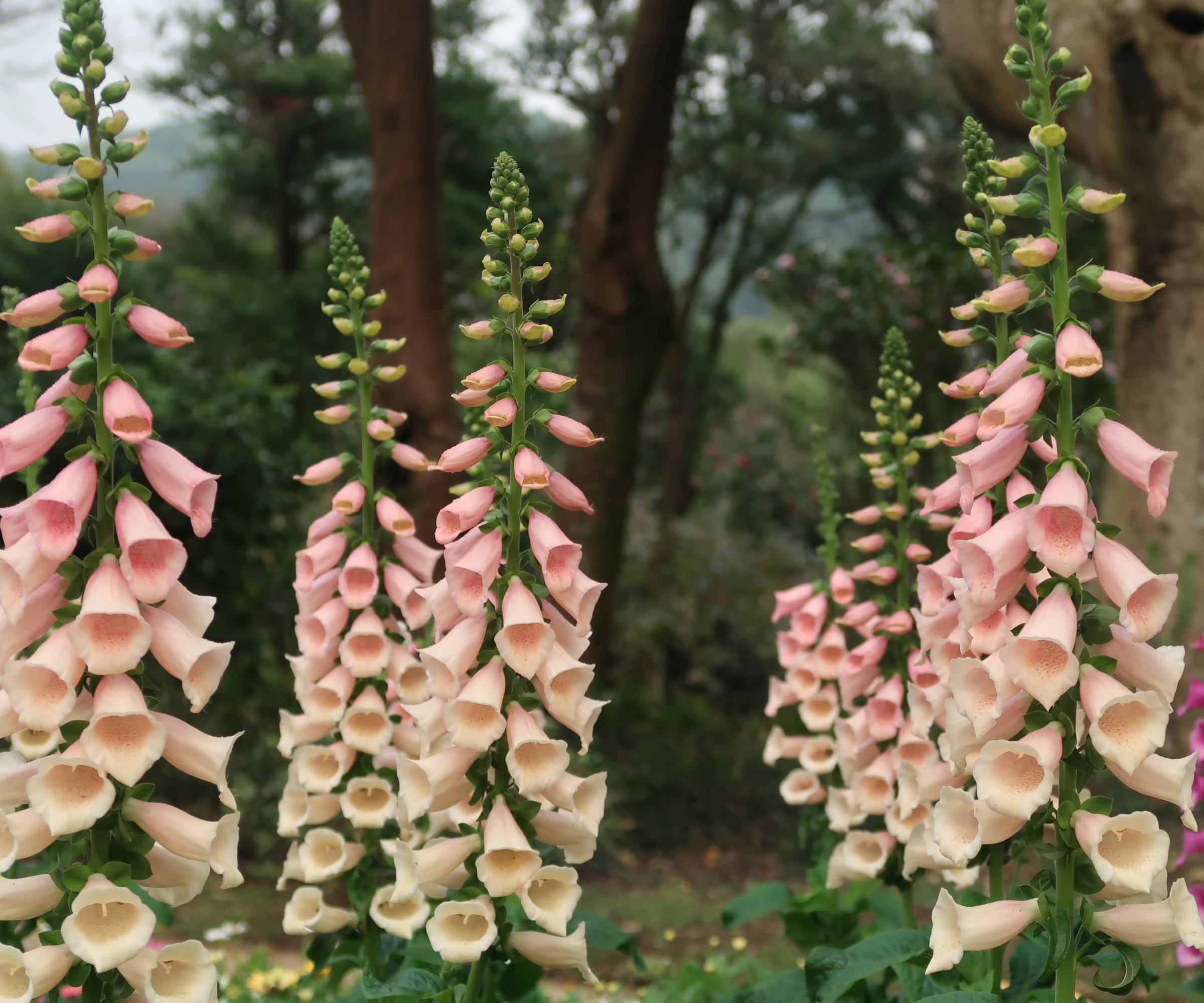
When planting a wildflower meadow or patch in your yard, you can stop them from spreading to unwanted spaces by keeping on top of deadheading and pruning. This is exactly why Charlotte encourages gardeners to add them into borders with other plants:
'People tend to worry that wildflowers will engulf their gardens and take over. Like a lot of perennial plants, if you give them the freedom to spread, they will, but with a little management, they are easy to tend, even the more bullish ones like oxeye daisies,' she says.
Design expertise in your inbox – from inspiring decorating ideas and beautiful celebrity homes to practical gardening advice and shopping round-ups.
Popular wildflowers, like foxgloves, cornflowers, and oxeye daisies, are known for self-seeding profusely and without using essential pruning tools (like these bypass shears from Amazon) to remove faded blooms, they typically crop up elsewhere in the yard in the following spring.
But, simply keeping on top of this and not allowing the plants to go to seed once blooms start to fade will help maintain a neater look, if that is what you wish to achieve.
Alternatively, you can embrace wildflowers growing across your yard and collect seeds to sow again next year. Use these seed packets from Amazon for your seed storage.

Charlotte is a wildflower expert and wildflower seed producer at Kent Wildflower Seeds.
How to plant wildflowers and perennials together
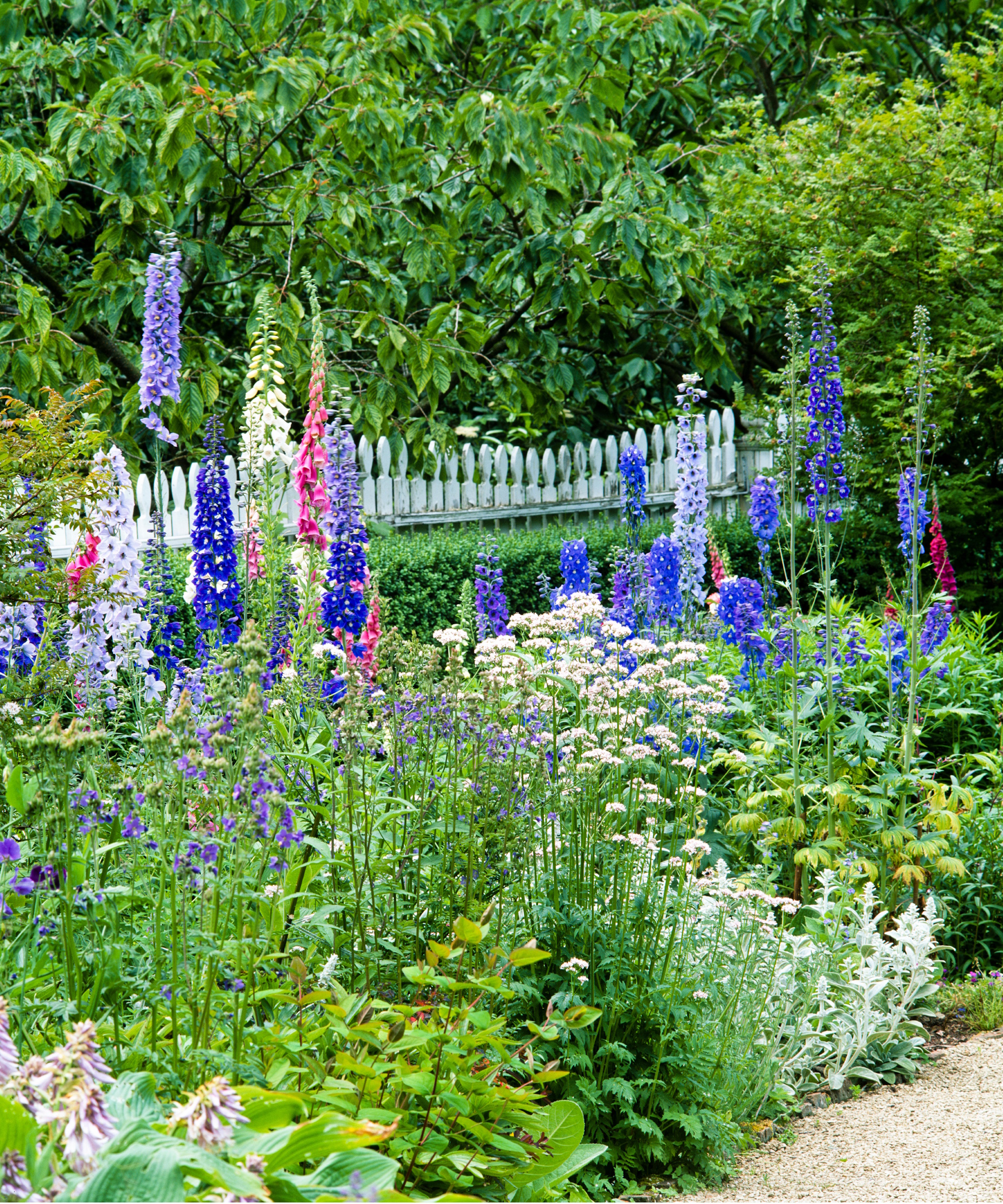
Adding wildflowers among your planting is an excellent way to start rewilding your yard, but Charlotte urges you can also have a more controlled approach if desired:
'I’m not suggesting people take out their existing planting and replace it with 90% wildflowers, but I think we should look to the catalogue of native plants to complement our favourite cultivars.
'For example, add cowslips and primulas to borders. They are early flowering, bringing color to your garden at the start of the growing season, and support pollinators at their most challenging time of year,' she adds.
With this mindset, it can also be beneficial to embrace the wildflowers that appear without you planting them. You can identify wildflowers by their petals, stems, and foliage, and research how best to tend them.
Alternatively, scatter wildflower seeds – like this butterfly and hummingbird wildflower mix from Amazon, or this annual wildflower mix from Amazon – to achieve a meadow in your yard.
Allowing wildflowers to thrive in your yard will actually also boost soil health for those perennials you have chosen to be there. This is thanks to them 'improving the sequential cycle, which in turn encourages more plants to establish,' explains Charlotte.
This is a process called nutrient cycling, where the often deep taproots of wildflowers bring nutrients from deep in the soil higher up for surrounding perennials to soak up – one of the reasons to leave dandelions in the yard.
FAQs
Can I just scatter wildflower seeds in my border?
To add wildflowers to a border, you can just scatter seeds. Although, for best results it's wise to first prepare the soil. This includes lightly raking it to improve seed-soil contact. Something else to take into consideration is the soil type in your yard and which wildflower seeds will perform best in your border. Make sure to also keep the seeds well-watered after scattering to aid germination.
If you do decide to plant wildflowers and perennials together, consider making wildflower seed bombs. They're a fun way to quickly add a wide range of wildflowers to your yard.
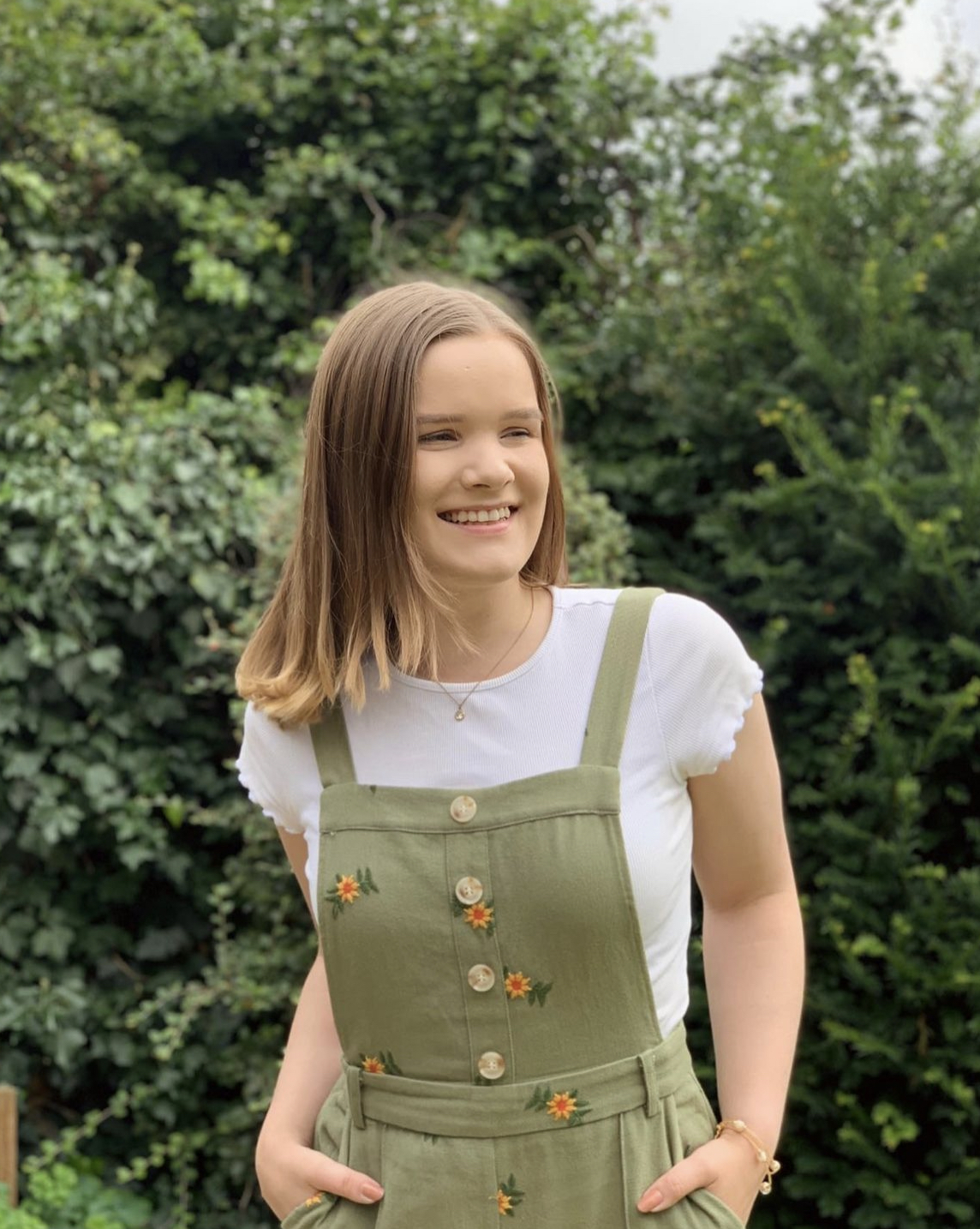
Tenielle is a Gardens Content Editor at Homes & Gardens. She holds a qualification in MA Magazine Journalism and has over six years of journalistic experience. Before coming to Homes & Gardens, Tenielle was in the editorial department at the Royal Horticultural Society and worked on The Garden magazine. As our in-house houseplant expert, Tenielle writes on a range of solutions to houseplant problems, as well as other 'how to' guides, inspiring garden projects, and the latest gardening news. When she isn't writing, Tenielle can be found propagating her ever-growing collection of indoor plants, helping others overcome common houseplant pests and diseases, volunteering at a local gardening club, and attending gardening workshops, like a composting masterclass.
You must confirm your public display name before commenting
Please logout and then login again, you will then be prompted to enter your display name.